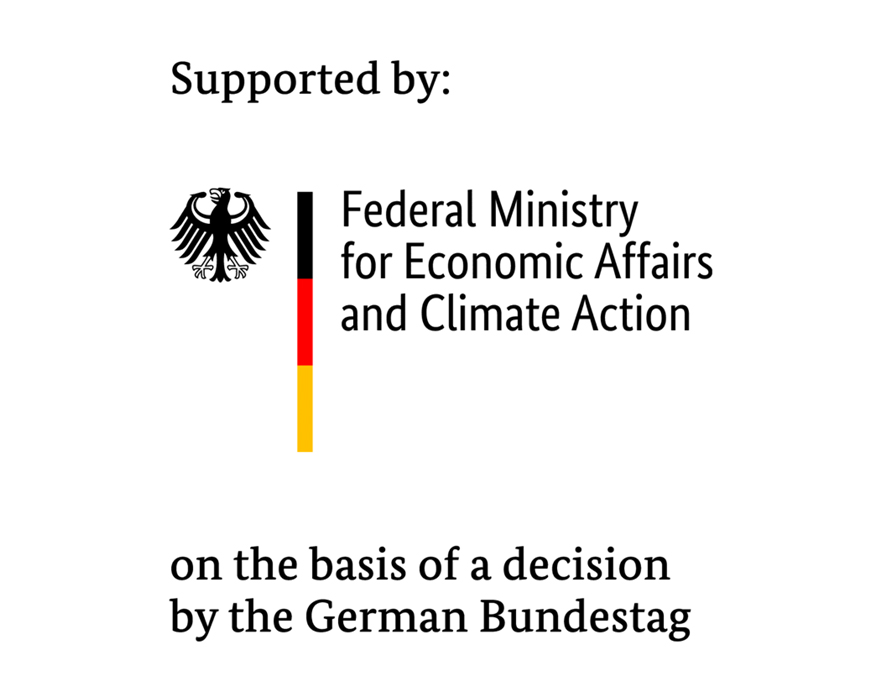| Funding: | Federal Ministry for Economic Affairs and Energy (BMWi) |
| Partner: | DLR, Nordex |
| Duration: | 01/2017 – 06/2020 |
Recent years have seen consistent increases in the length and diameter of rotor blades, and there is no end to this trend in sight. In the case of onshore wind turbines in particular, operators are increasingly being confronted with logistical difficulties. The “SegBlaTe” research project employs tests to determine whether segmentation of the blades for transport represents a cost-effective alternative. This, in turn, renders development of a technique for joining the rotor blade segments necessary, which should allow segmentation of the rotor blade into two or more elements. Final assembly will then be performed either in the production workshop or on-site where the turbine is erected.
This requires the segmented blades to be equipped with special connections so as to be able to unite the individual elements again securely. An innovative joining technology previously only employed at the laboratory level is now being transferred to subcomponents, components and entire rotor blades in the scope of the project. Structural concepts and design proposals will be checked and validated using an experimental test.
A 20-meter-long rotor blade segment will be produced by DLR. Fraunhofer IWES develops a new process for attaining the necessary precision despite the large dimensions. The mechanical processing of the joints will take place at the BladeMaker production. The blade will then be subjected to a structural check. The structural mechanics of the joining technique will also be validated on an onshore blade measuring over 50 meters produced by Nordex. Acoustic emission and thermography measurements will be customized to provide reliable values for the segmentation points. Extensive structural health monitoring will be performed in the scope of the biaxial structural check of the joined rotor blades. This is particularly important, as optimized arrangement of the segmentation points for blades is decisive for optimal performance.
The aim of the project is to assess the potential of segmented blades and ultimately to pave the way for further length increases.
